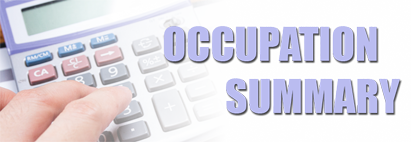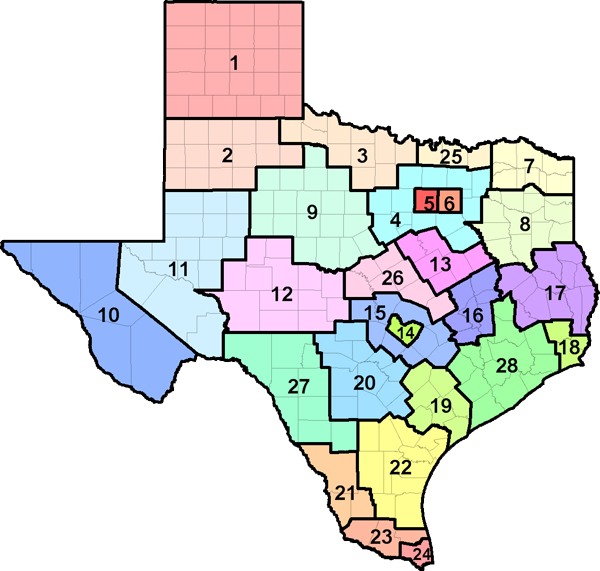The U.S. Department of Labor has developed an automated occupational information database, O*NET, that identifies and describes work content, work skills, and training requirements for all jobs across the country in all sectors of the economy. Much of the occupational information contained in this report is derived directly from the O*NET database, and supplemented with information from the Bureau of Labor Statistics, Census Bureau, and Labor Market and Career Information.

| Industry | % of Photonics Technicians employed | Annual Growth Rate |
|---|---|---|
| Architectural, engineering, and related services | 16.8 | 0.47 |
| Scientific research and development services | 6.4 | 0.62 |
| Employment services | 5.3 | 0.00 |
| Aerospace product and parts manufacturing | 3.4 | 0.38 |
| Other professional, scientific, and technical services | 3.2 | 0.80 |
| Electronic instrument manufacturing | 2.7 | 0.00 |
| Management, scientific, and technical consulting services | 2.2 | 0.57 |
| Semiconductor and other electronic component manufacturing | 2.1 | 0.61 |
| 2024 Statewide average hourly wage | $36.35 |
| 2024 National average hourly wage | $38.34 |
| 2022 National employment | 74,100 |
| 2022 Texas employment | 9,503 |
| Texas projected employment by 2032 | 11,413 |
| Texas projected annual employment and Turnover openings through 2032 | 1,129 |

| Region | Employment | Projected Employment 2032 | Projected Annual Openings 2032 |
Annual Growth Rate |
Average Income |
|---|---|---|---|---|---|
| Texas (all regions) | 9,503 | 11,413 | 1,129 | 1.85% | $75,611.00 |
| Top 10 Relevant Knowledge Areas | Relevant Importance Levels |
|---|---|
| Engineering and Technology Knowledge of the practical application of engineering science and technology. This includes applying principles, techniques, procedures, and equipment to the design and production of various goods and services. |
|
| Computers and Electronics Knowledge of circuit boards, processors, chips, electronic equipment, and computer hardware and software, including applications and programming. |
|
| Mathematics Knowledge of arithmetic, algebra, geometry, calculus, statistics, and their applications. |
|
| Mechanical Knowledge of machines and tools, including their designs, uses, repair, and maintenance. |
|
| Production and Processing Knowledge of raw materials, production processes, quality control, costs, and other techniques for maximizing the effective manufacture and distribution of goods. |
|
| English Language Knowledge of the structure and content of the English language including the meaning and spelling of words, rules of composition, and grammar. |
|
| Physics Knowledge and prediction of physical principles, laws, their interrelationships, and applications to understanding fluid, material, and atmospheric dynamics, and mechanical, electrical, atomic and sub-atomic structures and processes. |
|
| Customer and Personal Service Knowledge of principles and processes for providing customer and personal services. This includes customer needs assessment, meeting quality standards for services, and evaluation of customer satisfaction. |
|
| Design Knowledge of design techniques, tools, and principles involved in production of precision technical plans, blueprints, drawings, and models. |
|
| Administrative Knowledge of administrative and office procedures and systems such as word processing, managing files and records, stenography and transcription, designing forms, and workplace terminology. |
| Top 10 Relevant Skill Areas | Relevant Importance Levels |
|---|---|
| Reading Comprehension Understanding written sentences and paragraphs in work-related documents. |
|
| Active Listening Giving full attention to what other people are saying, taking time to understand the points being made, asking questions as appropriate, and not interrupting at inappropriate times. |
|
| Critical Thinking Using logic and reasoning to identify the strengths and weaknesses of alternative solutions, conclusions, or approaches to problems. |
|
| Operations Monitoring Watching gauges, dials, or other indicators to make sure a machine is working properly. |
|
| Quality Control Analysis Conducting tests and inspections of products, services, or processes to evaluate quality or performance. |
|
| Equipment Maintenance Performing routine maintenance on equipment and determining when and what kind of maintenance is needed. |
|
| Active Learning Understanding the implications of new information for both current and future problem-solving and decision-making. |
|
| Monitoring Monitoring/Assessing performance of yourself, other individuals, or organizations to make improvements or take corrective action. |
|
| Writing Communicating effectively in writing as appropriate for the needs of the audience. |
|
| Speaking Talking to others to convey information effectively. |
| Top 10 Relevant Abilities | Relevant Importance Levels |
|---|---|
| Near Vision The ability to see details at close range (within a few feet of the observer). |
|
| Oral Comprehension The ability to listen to and understand information and ideas presented through spoken words and sentences. |
|
| Problem Sensitivity The ability to tell when something is wrong or is likely to go wrong. It does not involve solving the problem, only recognizing that there is a problem. |
|
| Written Comprehension The ability to read and understand information and ideas presented in writing. |
|
| Information Ordering The ability to arrange things or actions in a certain order or pattern according to a specific rule or set of rules (e.g., patterns of numbers, letters, words, pictures, mathematical operations). |
|
| Finger Dexterity The ability to make precisely coordinated movements of the fingers of one or both hands to grasp, manipulate, or assemble very small objects. |
|
| Oral Expression The ability to communicate information and ideas in speaking so others will understand. |
|
| Written Expression The ability to communicate information and ideas in writing so others will understand. |
|
| Deductive Reasoning The ability to apply general rules to specific problems to produce answers that make sense. |
|
| Perceptual Speed The ability to quickly and accurately compare similarities and differences among sets of letters, numbers, objects, pictures, or patterns. The things to be compared may be presented at the same time or one after the other. This ability also includes comparing a presented object with a remembered object. |